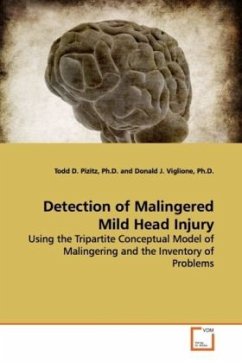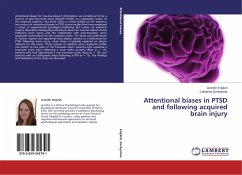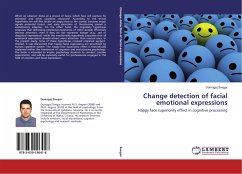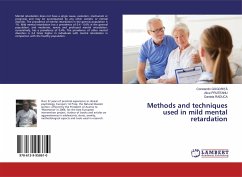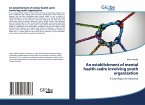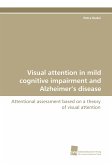In the pursuit of diagnostic efficiency,
conceptual explanations can be useful in
maximizing classification of malingered syndromes.
To improve upon the existing understanding and
detection of malingered mild head injury, a means of
conceptualizing and providing a framework to explain
this increasing phenomenon is necessary. The
purpose of this study was to conceptualize patterns
of responding akin to the notion that malingerers
endorse more atypical symptoms, over endorse
symptoms related to the disease or disorder, and
endorse many symptoms that are unrelated to the
actual disorder they are attempting to malinger.
This research addresses the advantages of utilizing
the tripartite conceptual model of malingering-
atypicality, density and dispersion (Landis &
Viglione, 1998) and the Inventory of Problems to
improve the understanding and detection of
malingered mild head injury. There were 114 male
and female participants: mild head-injured patients
(n=38), simulators (n=38), and control participants
(n=38). Results demonstrated significant differences
(p.001) between groups in the identification of
patterns of malingering.
conceptual explanations can be useful in
maximizing classification of malingered syndromes.
To improve upon the existing understanding and
detection of malingered mild head injury, a means of
conceptualizing and providing a framework to explain
this increasing phenomenon is necessary. The
purpose of this study was to conceptualize patterns
of responding akin to the notion that malingerers
endorse more atypical symptoms, over endorse
symptoms related to the disease or disorder, and
endorse many symptoms that are unrelated to the
actual disorder they are attempting to malinger.
This research addresses the advantages of utilizing
the tripartite conceptual model of malingering-
atypicality, density and dispersion (Landis &
Viglione, 1998) and the Inventory of Problems to
improve the understanding and detection of
malingered mild head injury. There were 114 male
and female participants: mild head-injured patients
(n=38), simulators (n=38), and control participants
(n=38). Results demonstrated significant differences
(p.001) between groups in the identification of
patterns of malingering.

